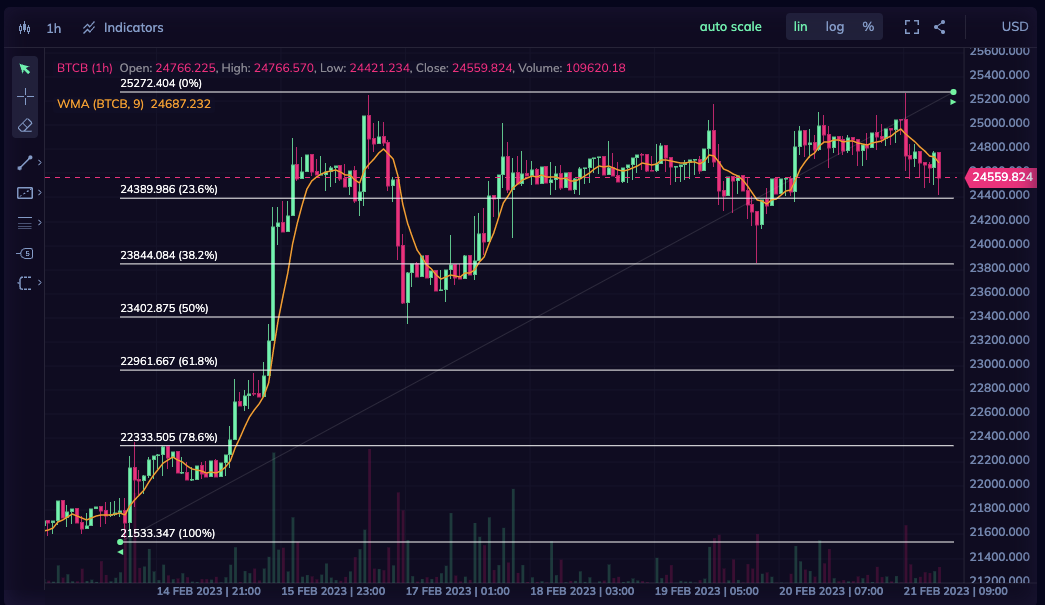Impermanent Loss
Impermanent loss refers to the temporary reduction in the value of a liquidity provider's assets within a liquidity pool due to price fluctuations of the underlying tokens.

Impermanent loss is a phenomenon that has gained prominence with the rise of decentralized finance (DeFi) and liquidity pools. As more people participate in yield farming and provide liquidity to various DeFi platforms, understanding impermanent loss is essential for minimizing risks and maximizing returns. This article will explore the definition of impermanent loss, its use cases, and examples, along with strategies to avoid it.
Definition
Impermanent loss refers to the temporary reduction in the value of a liquidity provider's assets within a liquidity pool due to price fluctuations of the underlying tokens. It occurs when the price of tokens in a pool diverges from their original ratio, causing the dollar value of a user's deposited assets to be less than if they had held the assets outside the pool. Impermanent loss is "impermanent" because it can be reversed if the token prices return to their initial ratio.
Use Cases
Impermanent loss is most commonly associated with automated market makers (AMMs) like Uniswap, SushiSwap, and Balancer. These decentralized exchanges use liquidity pools to facilitate trading without the need for traditional order books. Users provide liquidity to these pools by depositing pairs of tokens in a specific ratio, which then allows other users to trade between the tokens. In return, liquidity providers earn a portion of the trading fees generated by the platform.
Example
Suppose you provide liquidity to a pool consisting of equal parts of Token A and Token B, valued at $1,000 each. The price of Token A doubles, while Token B remains constant. In an attempt to maintain the original ratio, the pool's algorithm will rebalance the assets, leading to a net loss in value for the liquidity provider. If the price of Token A returns to its original value, the impermanent loss will be reversed, and the liquidity provider will regain the lost value.
How to Avoid Impermanent Loss
- Stablecoin Pairs: One way to minimize impermanent loss is by providing liquidity to pools that include stablecoins, as their value remains relatively constant. This reduces the chances of significant price fluctuations and subsequent impermanent loss.
- Low Volatility Pairs: Selecting pools with low volatility tokens can also help reduce impermanent loss. These tokens typically experience less drastic price fluctuations, resulting in a lower risk of impermanent loss.
- Using Hedging Strategies: Another approach to mitigate impermanent loss is by employing hedging strategies, such as taking a short position on one of the tokens in the pool. This can help offset losses if the token's price declines.
- Evaluating Potential Rewards: Before providing liquidity to a pool, carefully assess the potential rewards, such as trading fees and liquidity mining incentives. Ensure that the potential gains outweigh the risks associated with impermanent loss.
- Using DeFi Platforms with Built-In Protection: Some DeFi platforms, such as Bancor, have introduced mechanisms to protect users from impermanent loss. By using these platforms, you can potentially reduce your exposure to this risk.
Conclusion
Impermanent loss is an important consideration for DeFi users looking to provide liquidity and participate in yield farming. By understanding the mechanics of impermanent loss and employing strategies to minimize it, you can make more informed decisions and mitigate risks associated with your investments in the DeFi space. As the DeFi ecosystem evolves, further innovations may be introduced to address the issue of impermanent loss, making it even more accessible and secure for users.
You can utilize Dexer.io to monitor the prices and value of liquidity pools for specific tokens. This platform offers a convenient way to track and analyze the performance of your chosen tokens within the broader market.




